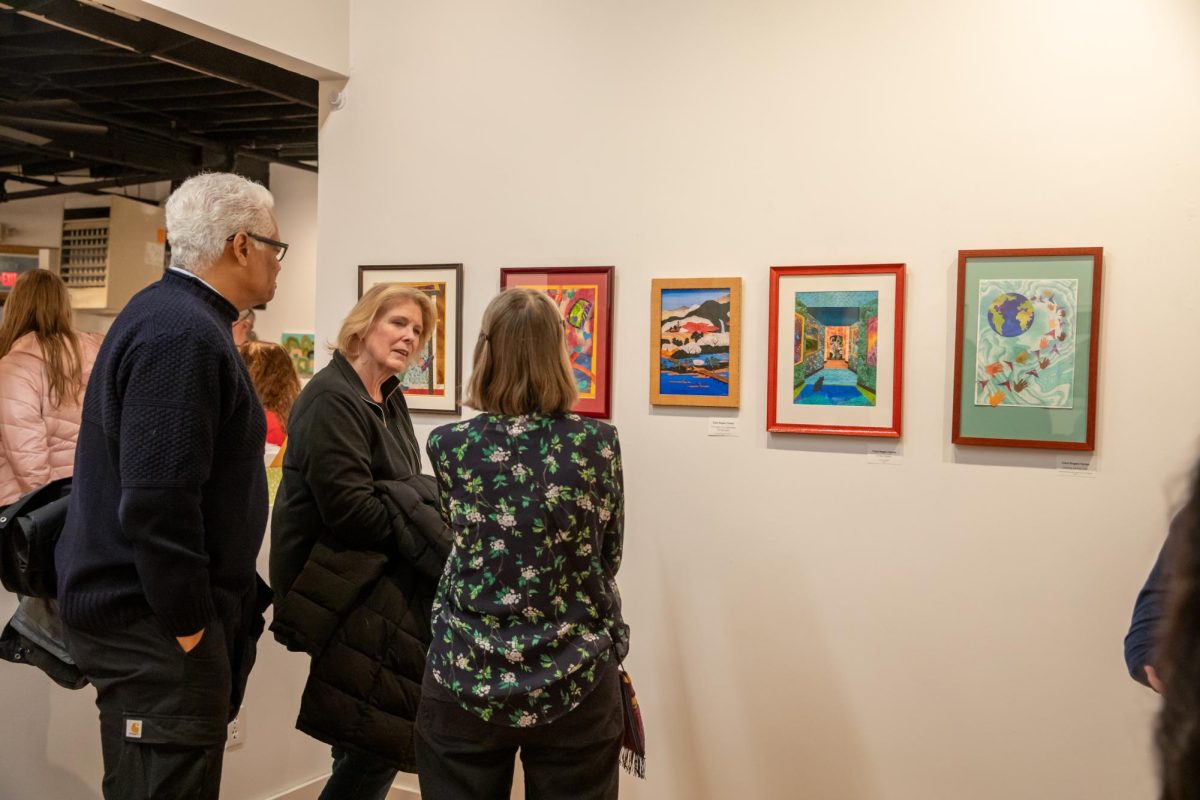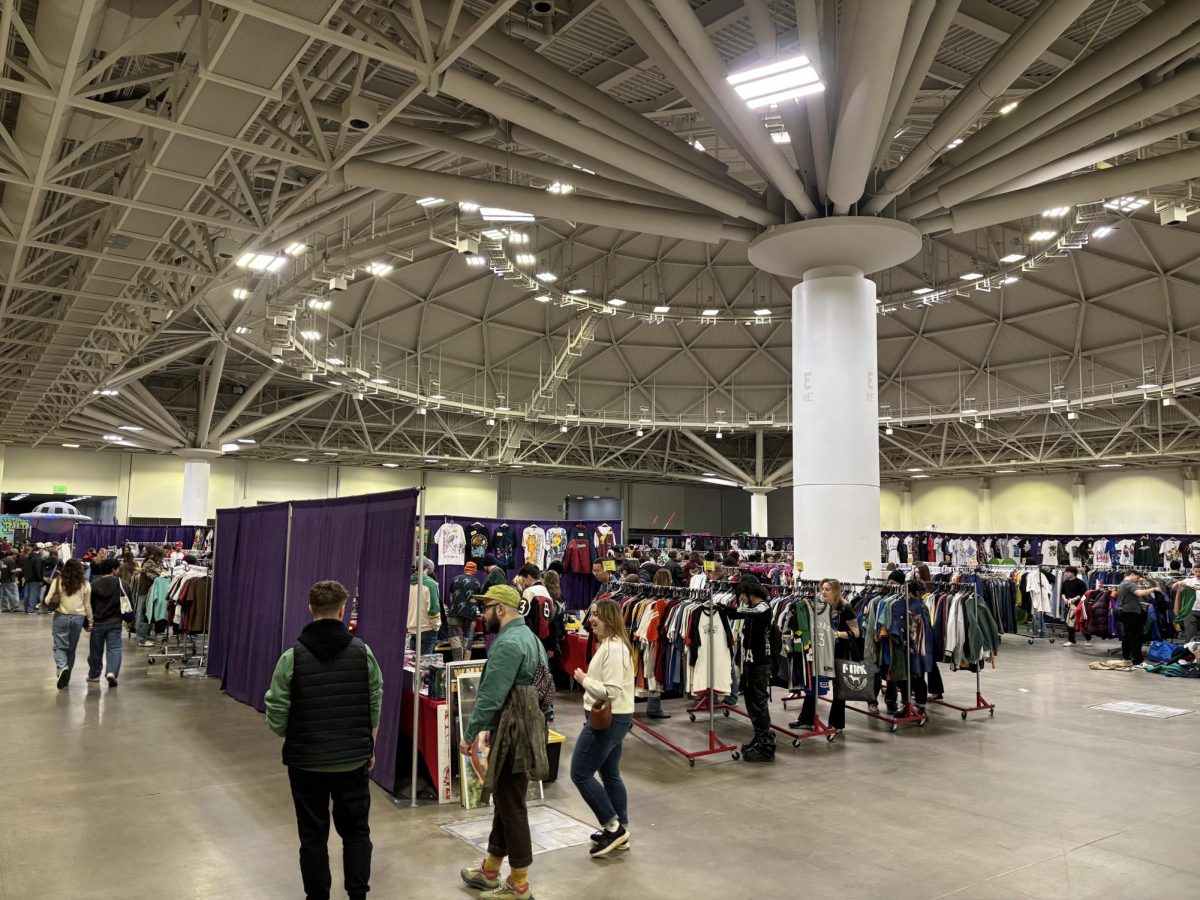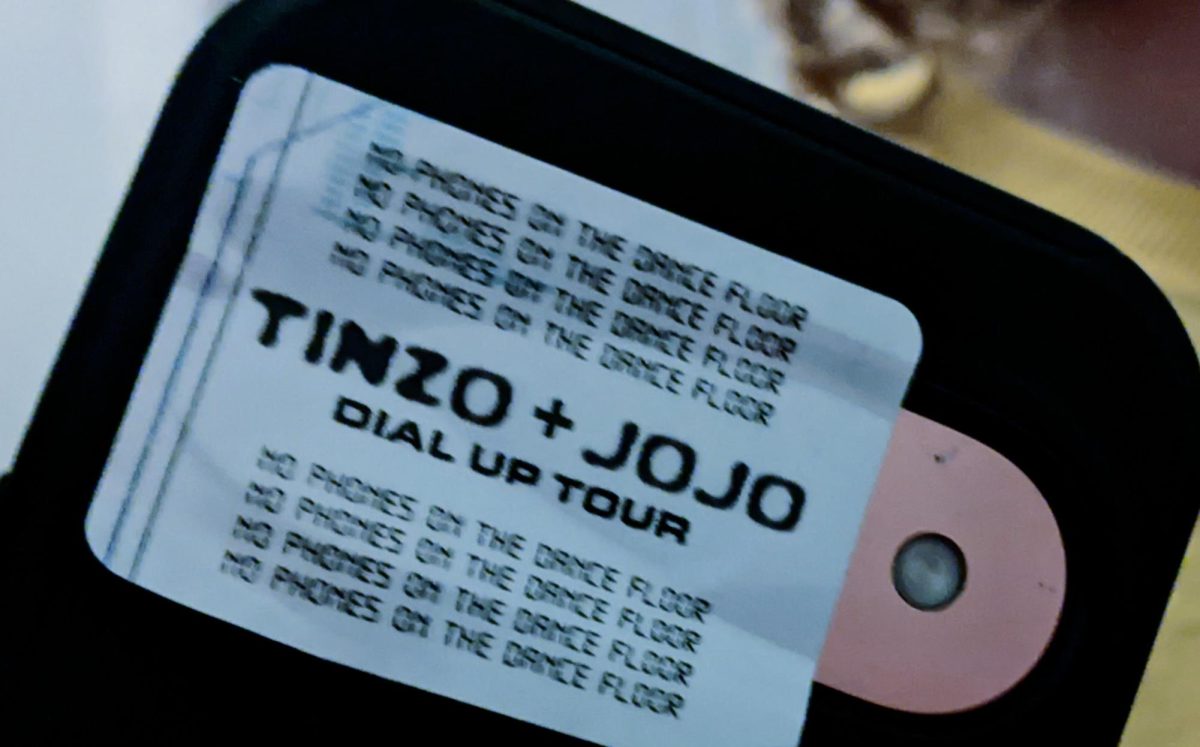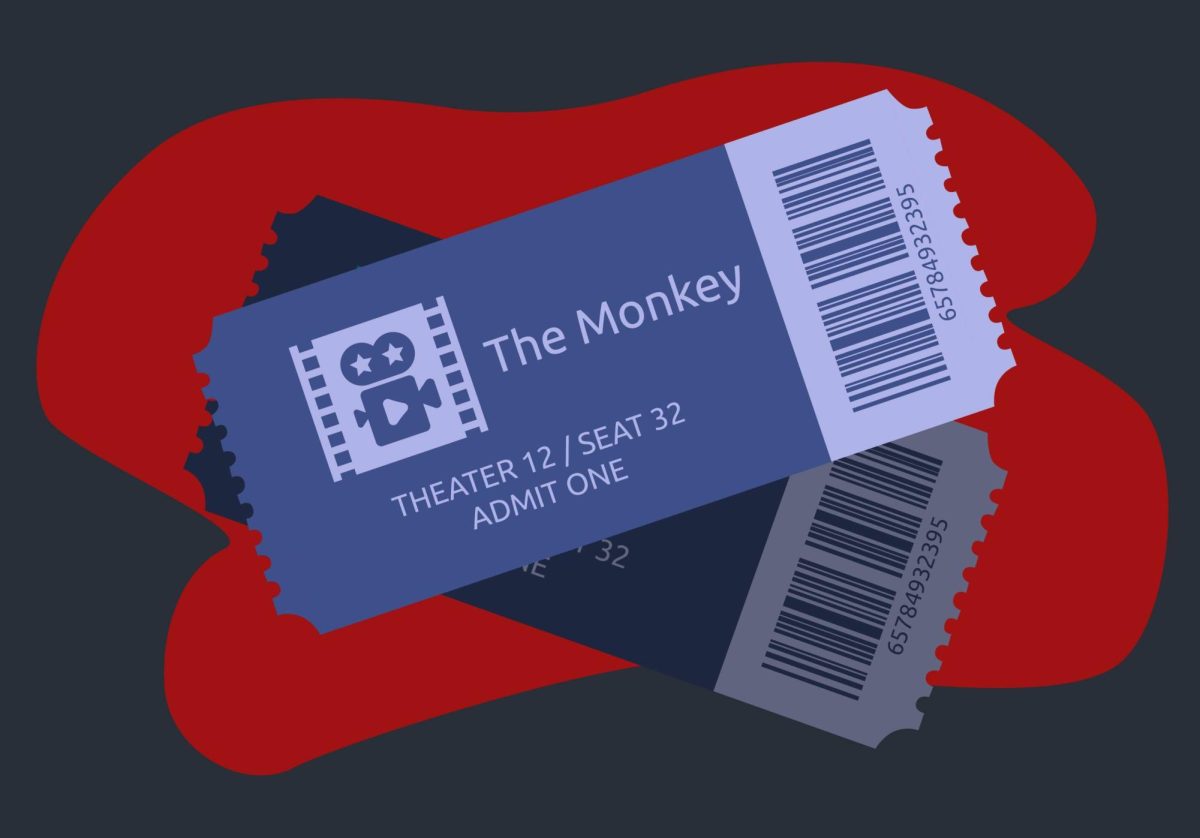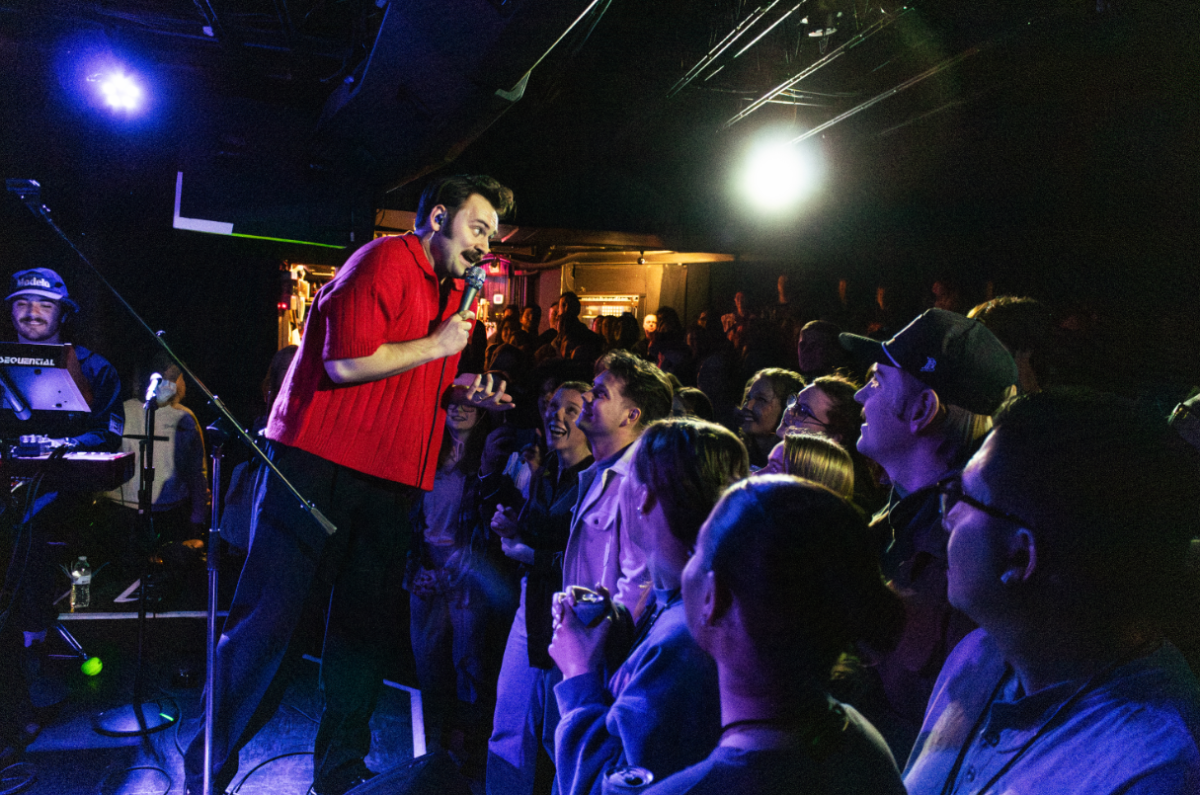Giant sun and moon figures enter the stage riding a ram and a donkey as a chorus sings of the frost on the earth and the ground’s own song.
The primordial entrance is echoed time and again by trees, birds, mountains and snow. Against this backdrop an old woman, toting her broom, searches among children across the world to find a holy child.
It’s a legendary image and, in fact, a long-running play. But “La Befana” artistic director Sandy Spieler makes each retelling its own ” using a splash of politics and the children those politics affect.
“At the different times that we do it, the current events have us making different scenes,” she said. “What changes is: If you’re going around the world, looking for the holy child, what would you find?”
As in each year’s production, Italy’s legendary Befana searches the globe for the holy child. This year, she encounters a 12-year-old boy standing watch as an armed soldier and inner-city youths melt down guns to make musical instruments.
“That’s in a way putting a prayer out there; it’s a wish,” Spieler said of the scenes. “To me, there’s a connection to how prevalent guns are and how many children are caught in the crossfire.”
Spieler has been involved in “La Befana” since its first production in 1974. Its 15th staging is in keeping with the mission of the organization. In the Heart of the Beast Puppet and Mask Theatre is a puppet theater with a conscience. Its productions blend entertainment with social relevance to enlighten all ages, and “La Befana” is no exception.
The commentary continues this year as Befana tries to enter the United States: She’s turned away by an Uncle Sam caricature and admonished about the lack of social services and health care.
The connection between past and present politics also relies on music. That’s where Jim Parker comes in. Parker, who attended the puppet production as a child, developed and directed this year’s score. He wove music from past performances of “La Befana” into the mix of Italian folk music and his own melodies.
For example, a scene titled the “Landscape of Grief” references the first Gulf War when “La Befana” was staged. For obvious reasons, the motif reappears in this year’s show.
“It’s 14 years later, and it’s still very much relevant,” Parker said. “It helps you to realize the cycles in our own history.”
Combined with the ethereal imagery of the puppets and costumed performers, whether depicting a breezy tree or wistful sprites in a dream sequence, Parker’s music lends the show its primeval feel. This is especially true in the minor chants Parker chose to act as the voices of the three kings, giving their visit to Befana a sense of Byzantine austerity.
The visuals in the production successfully combine some of the indigenous traditions of pre-Christian Europe with the Christianity that co-opted the holiday season.
“Of course, she is connected to the three kings, which is part of the traditional Christian holiday, but for her it’s also a personal epiphany, a deeply spiritual epiphany,” Spieler said.
Part of that union comes from the cultural milieu in which the La Befana legend arose.
“(The story takes place) when earth-based religious Italy was coming into contact with Christianity marching across its soil,” she said. “I think the story is a way of melding those, of making some sense of it.”


